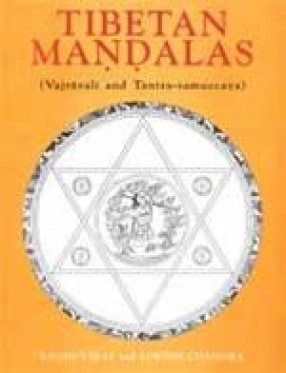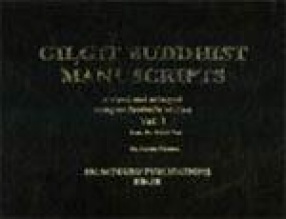
Showing all 5 books



This book comprises two major series of mandalas: (i) of the Vajravali, detailed in the Nispanna-yogavali, and (ii) of the Rgyud-sde kun-btus or Tantra-samuccaya. The first series goes back to Abhayakaragupta who lived in the eleventh century at the Vikramasila university. He wrote a general manual of tantric liturgy by the name of Vajravali where he referred to 26 main mandalas. They were later detailed by him in his Nispannayogavali in 26 chapters. This great ...


In his History of Indian Literature, 1.191 M. Winternitz wrote on the Jaiminiya-Brahmana: "This work is of special interest for the history both of religion and legend, but unfortunately the manuscript material is so fragmentary that it cannot be edited." Even such famous Vedic scholars, as W. Caland and H. Oertel, were not able to establish a satisfactory text form. The Jaiminiyas possess a vast literature, but unfortunately it presents a difficulty of ...

The Yajus Samhita, one of the four main divisions of the Samhita literature consists of sacrificial formulas, chiefly in prose, and is designed for the use of the Adhvaryu priest and his assistants who perform the manual part of the sarcrifice, muttereing mantras during each act of the Mahabhasya records that Yajus had one hundred and one recensions. Of the two (White) and Krsna (Black), the sukla Yajurveda, known as the Vajasaneyi Samhita has two recensions: ...

The Atharvaveda is the fourth Veda with mantras to counteract diseases and calamities, and it also initiates the concept of Brahman. It is ascribed to the sage Atharvan (from athar 'fire') who instituted the worship of fire and offered soma. He is the eldest son of Brahma, the earliest teacher of the Brahmavidya and the Author of the Atharvaveda (AV). The AV had several recensions and kalpas as stated in the Skanda-purana (nagara-khanda 174.50-51). Pippalada ...
